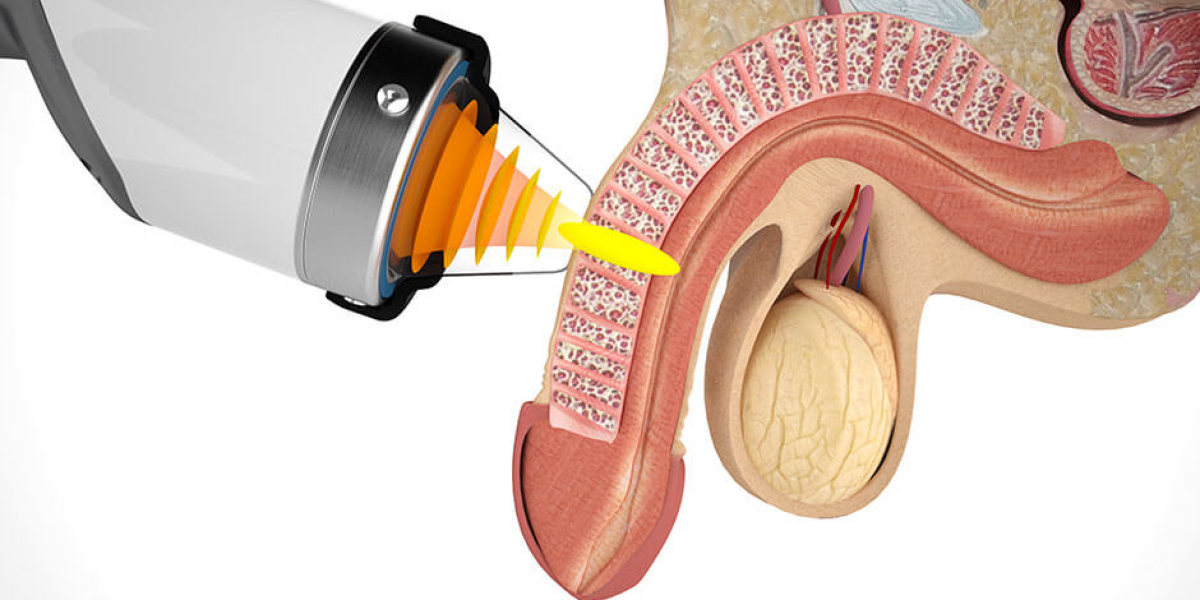Erectile Dysfunction (ED)—commonly referred to as impotence—is a persistent difficulty in achieving or maintaining an erection firm enough for sexual intercourse. Though often considered a sensitive topic, it affects millions of men worldwide and deserves clear, detailed discussion. In this comprehensive guide, we explore what causes erectile dysfunction, how it is diagnosed, and the diverse treatment options available to help men regain their sexual health and confidence.
Understanding Erectile Dysfunction: More Than Just Physical
Erectile dysfunction can stem from a wide range of physical, psychological, or lifestyle factors. It is rarely a problem limited to age, although it becomes more common as men grow older. The condition may manifest occasionally, but when it becomes a consistent problem, it typically requires medical attention.
Causes of Erectile Dysfunction: A Deep Dive Into the Root Factors
Physical Causes: The Underlying Medical Conditions
Many men experience ED as a result of vascular diseases, which reduce blood flow to the penis. Conditions like atherosclerosis, hypertension, diabetes, and heart disease directly impact circulation and nerve function, making it harder to achieve an erection.
Hormonal imbalances—including low testosterone, thyroid disorders, and elevated prolactin—can also contribute to erectile dysfunction. Furthermore, neurological disorders like multiple sclerosis and Parkinson’s disease can disrupt the nerve signals required for erection.
Certain medications, including antidepressants, blood pressure drugs, and chemotherapy agents, have documented side effects that can impair erectile function.
Psychological Causes: The Invisible Triggers
Mental health issues can play a significant role in ED. Anxiety, depression, stress, and unresolved relationship conflicts may interfere with sexual desire and performance. Even past experiences of sexual trauma or failure can create a self-reinforcing cycle of anxiety, further worsening ED.
Lifestyle and Other Contributing Factors
Unhealthy habits can exacerbate or even cause erectile dysfunction. Smoking, excessive alcohol consumption, lack of physical activity, and drug use are key contributors. Obesity and poor diet also increase the risk by affecting hormonal balance and vascular health.
Diagnosis of Erectile Dysfunction: Steps Toward Understanding
Initial Evaluation and Medical History
A thorough medical history is critical. Healthcare providers will ask about the onset, severity, and pattern of ED, along with lifestyle factors, stress levels, and medication use. Honest discussion helps identify whether ED is primarily physical, psychological, or a combination.
Physical Examination and Laboratory Tests
A physician may conduct a physical examination to detect signs of underlying conditions like low testosterone or nerve damage. Blood tests can reveal hormonal imbalances, diabetes, high cholesterol, or kidney problems that may contribute to ED.
Other specialized tests, like penile Doppler ultrasound, can assess blood flow in the penis, while a nocturnal penile tumescence test can help determine whether nighttime erections are occurring, pointing to psychological causes.
Treatment Options for Erectile Dysfunction: A Comprehensive Overview
Oral Medications: The First-Line Approach
Phosphodiesterase type 5 inhibitors (PDE5 inhibitors) such as sildenafil (Viagra), tadalafil (Cialis), and vardenafil (Levitra) are widely used to treat ED. These medications enhance the natural erectile response by improving blood flow to the penis.
Hormone Therapy
If tests reveal low testosterone, testosterone replacement therapy (TRT) might help restore sexual function and libido. TRT can be administered via injections, patches, or gels, depending on patient preference.
Counseling and Psychotherapy
When psychological factors are significant, therapy can be highly effective. Cognitive-behavioral therapy (CBT), sex therapy, or couples counseling may reduce performance anxiety and help rebuild intimacy and sexual confidence.
Lifestyle Modifications
Quitting smoking, reducing alcohol intake, exercising regularly, and adopting a balanced diet can significantly improve erectile function and overall health. Even small changes, like walking daily or losing excess weight, may produce noticeable improvements.
Medical Devices and Surgical Options
For men who do not respond to medications, vacuum erection devices (VEDs) can mechanically induce an erection by drawing blood into the penis. In more severe cases, penile implants—either inflatable or semi-rigid—offer a reliable, long-term solution.
Vascular surgery may be considered in select cases where a blockage in the penile arteries can be corrected to restore normal blood flow.
Prevention: Protecting Your Sexual Health
Preventive strategies revolve around maintaining a heart-healthy lifestyle. What benefits your heart typically benefits your sexual health. Managing chronic conditions like diabetes and hypertension, controlling cholesterol, reducing stress, and maintaining a healthy weight are all essential.
Living with Erectile Dysfunction: Finding Support
ED can deeply affect self-esteem and relationships. Open communication with partners, seeking professional help from best Urologists, and exploring treatment options help many men regain control over their sexual health and emotional well-being.
Frequently Asked Questions (FAQs)
Q1: Can erectile dysfunction be cured permanently?
Some causes of ED are reversible—such as lifestyle-related or stress-induced ED. Chronic conditions may not be curable, but symptoms can be effectively managed through treatment and lifestyle changes.
Q2: At what age is erectile dysfunction most common?
ED becomes more common with age, especially after 40. However, it can occur at any age due to psychological or medical factors.
Q3: Are natural supplements effective for treating ED?
Some supplements claim to boost sexual performance, but scientific evidence is limited. It’s essential to consult a healthcare professional before using any supplements, as they can interact with medications or have side effects.

















